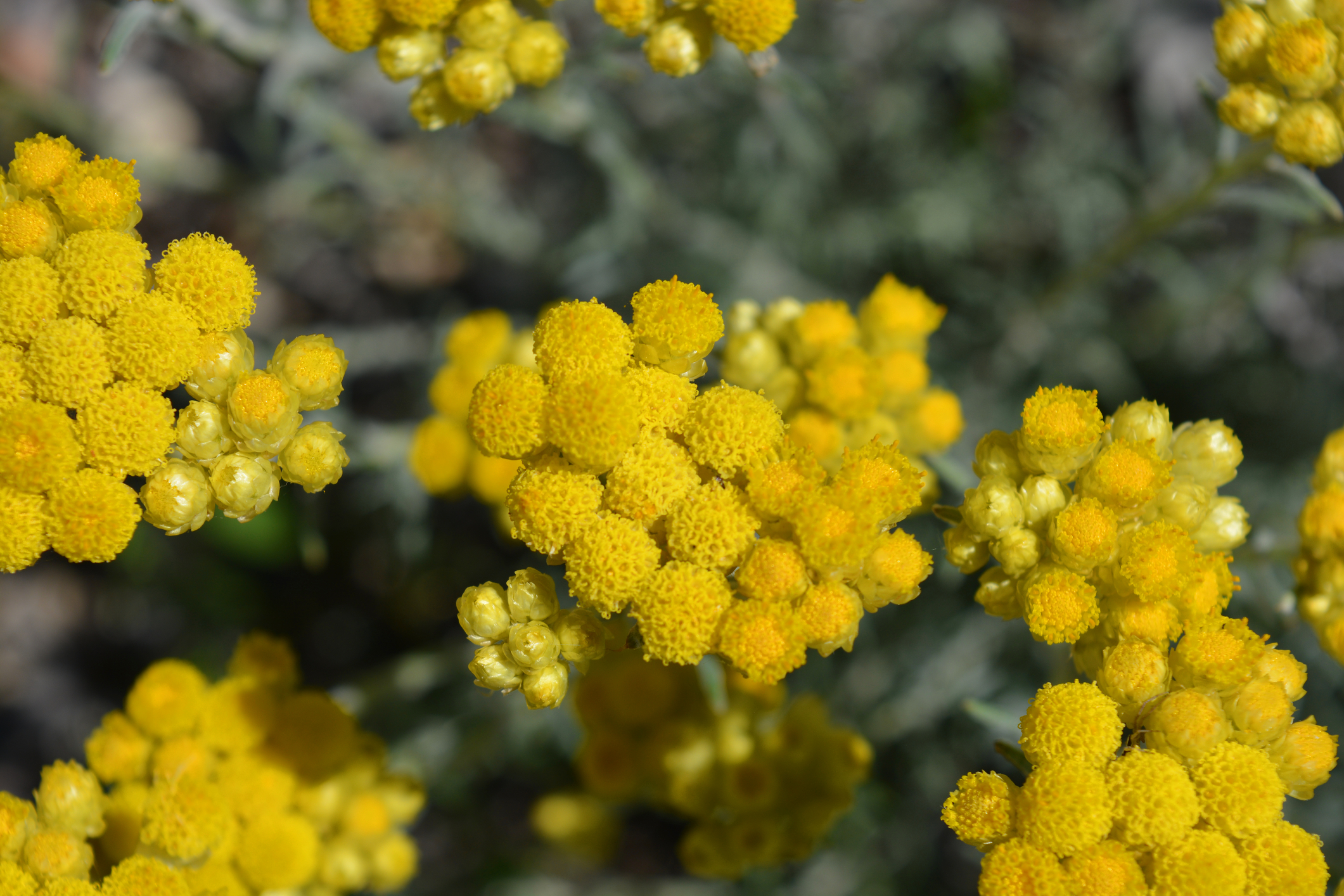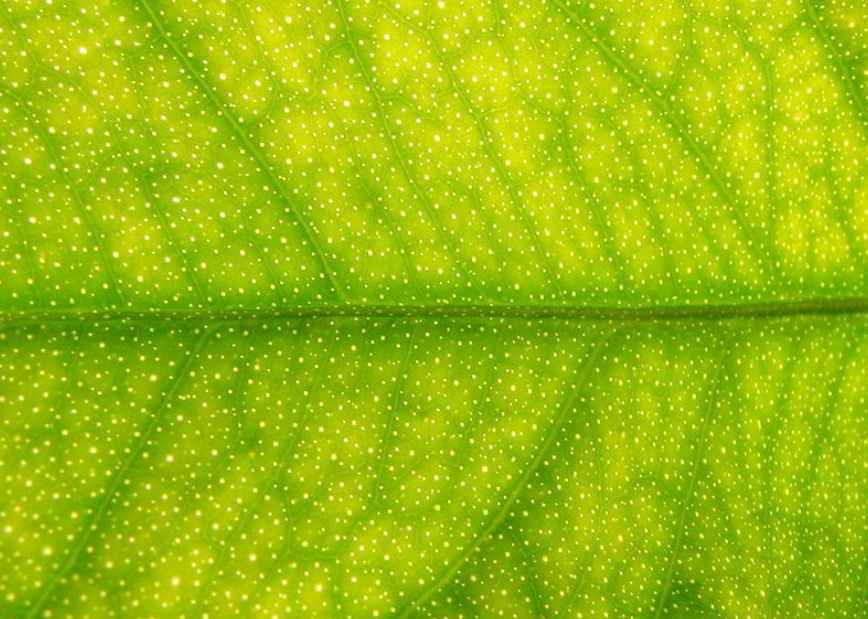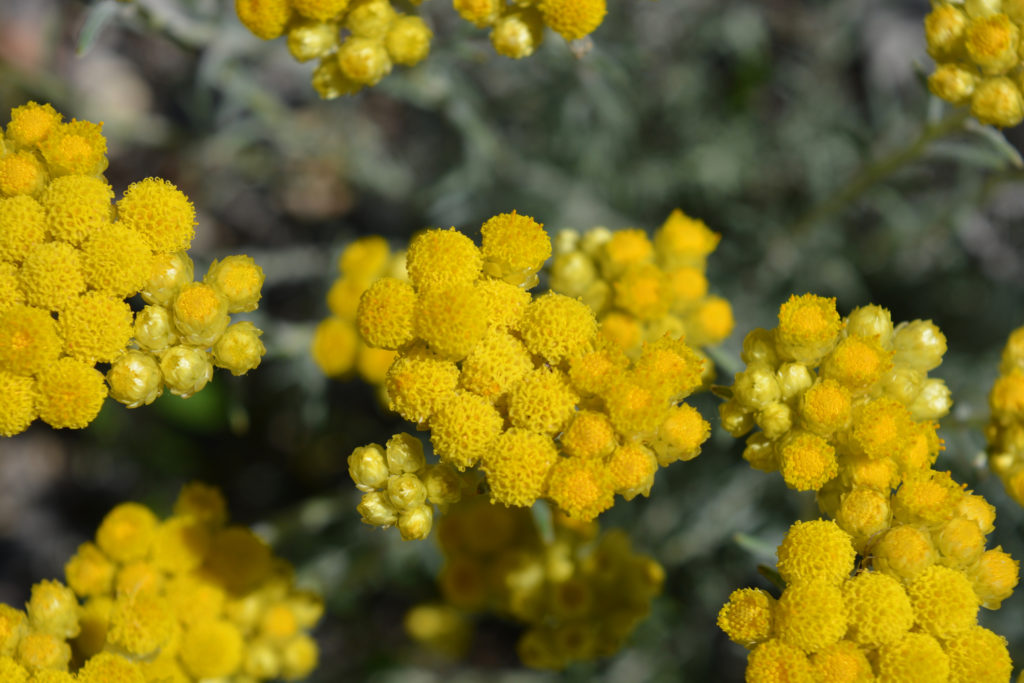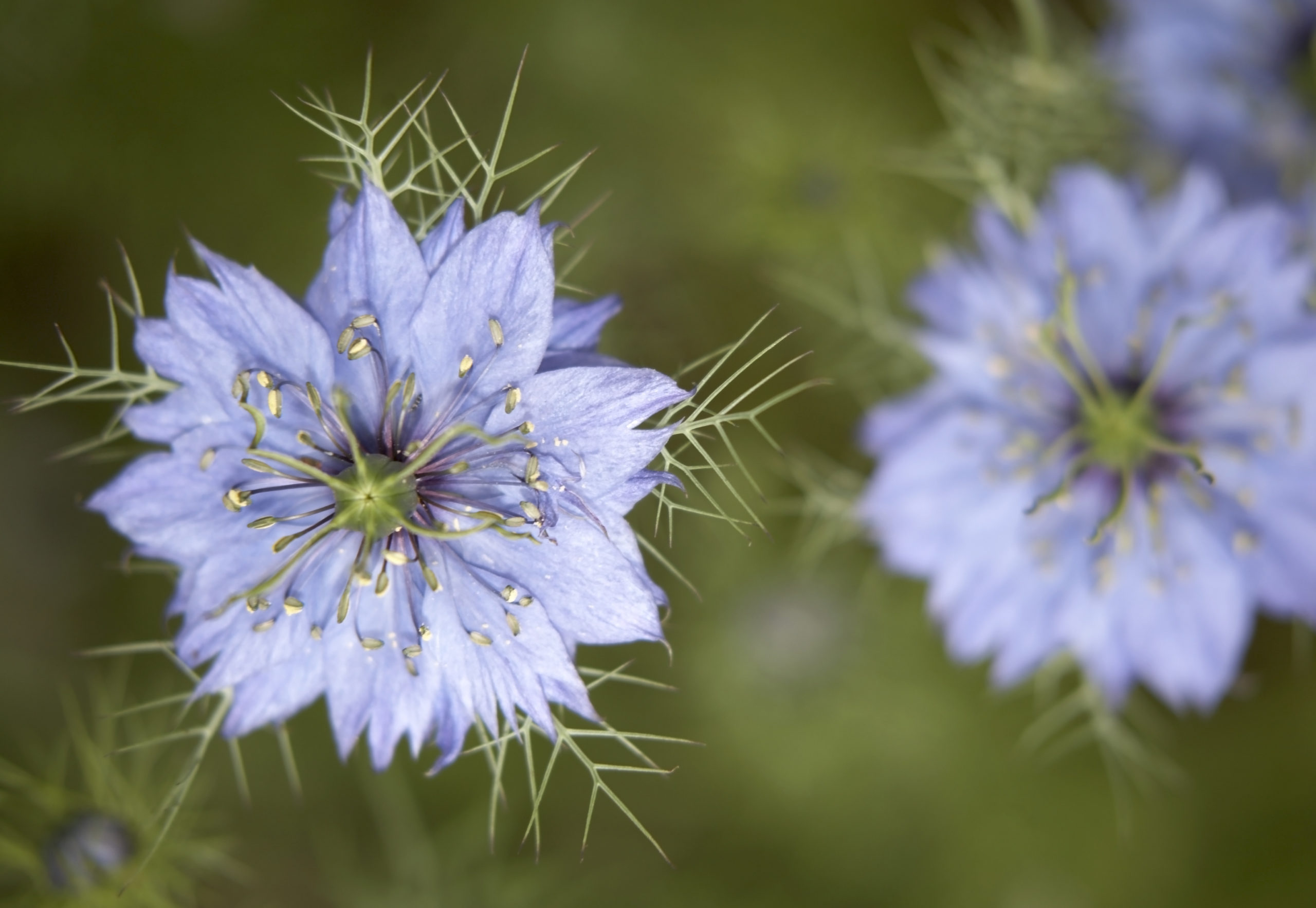…that which we call a rose by any other name would smell as sweet” says Juilet to Romeo, in defense of their love which is doomed because of their surnames. And sure, maybe names are not important, but maybe we should be clear about them to avoid confusion when we can – in life as well as in using essential oils. For the first few days of my existence, I was called Charles Bruce Tisserand. I still have the tiny, hand-written, fabric wrist tag. Three days later, Prince Charles was born, and my mother decided that I would instead be Robert Bruce Tisserand. She was from Edinburgh and could not bear the thought that people might assume I was named after an English prince! So Robert Bruce it was. My mother’s middle name was Bruce. It’s a clan thing. (Robert the Bruce was a 14th century Scottish king. His name was actually Robert de Brus, a name of Norman origin so “the Bruce” is an Anglicization.)
False friends
Not surprisingly, plants have different common names in different languages, though the names are often very similar. I live in the Czech Republic, where the word “Kmin” does not mean Cumin as you might think, it’s Czech for Caraway, a fact that caused some initial confusion when buying spices here. This is called a “false friend” – a word that doesn’t mean what you think it means in another language. One more example, bear with me, although this one has nothing to do with plants.
In 2014 I traveled to Sao Paolo, Brazil to speak at an aromatherapy conference. The day after I arrived, I walked to a bank to get cash, and needed to either push or pull the door. I looked down and saw PUXE, which in Portuguese is pronounced “poosh”. Because I know how to pronounce words in Portuguese (University studies) I had the absolute confidence of certainty. It said push so I pushed, but what I did not know was that “puxe” actually means “pull”. It took some time, and a few puzzled looks from passers-by, for me to get into that bank.
Names are important, and we closely identify with them. When they change, or seem to change, we can feel betrayed. Are we wrong or is the rest of the world wrong? Why is Rosemary now a Sage in the botanical nomenclature and why won’t this door open?
The French connection
Sometime in the mid 1970s I took it upon myself to re-name an essential oil then known as ‘Bois de rose’ and to refer to it as ‘Rosewood’. It was called Bois de rose, not just in the trade, but also by the handful of aromatherapists then in the UK, perhaps because at that time all our knowledge and teaching derived from France. (Yes, “British” aromatherapy derived from “French” aromatherapy.) But why, I thought, use a French name when we have a perfectly good English one? After all, Bois de Rose means, literally, wood of rose.
I am proud of my French heritage. My father was born in London to French parents, so his first language was French (he was bilingual), and Tisserand is an occupational name, meaning Weaver. (Now you know everything there is to know about my name.) But if we use Bois de Rose, how do we say it? Do we Anglicize it, and if so, exactly how? Or do we attempt an authentic French pronunciation? Why not avoid the awkward, and just use Rosewood? And yes, that’s exactly what we do now. You’re welcome. (I admit, that change was probably inevitable, but I’ll take all the credit I can get.)
I’m ambivalent about Petitgrain. My reluctance to use the name is partly because people wonder what the correct pronunciation is (OK, not hugely important, but again…) and also because people wonder what it is. There’s no mystery – Petitgrain oil is Orange leaf oil, and oils from other citrus leaves are called Lemon Petitgrain, Mandarin Petitgrain etc. But why not refer to these as Orange leaf oil, Lemon leaf oil, Mandarin leaf oil etc? Easier to say, and much more descriptive. I have used these names in Essential Oil Safety.
The word “petitgrain” translates as “little grain”, but Little Grain oil doesn’t really work in English – it sounds like a miniature strain of wheat or rice. The word derives from the fact that, if you shine a bright light through an orange leaf – or any citrus leaf – hundreds of tiny “holes” or “grains” appear. If you have the opportunity, try it – all you need is a flashlight. What you see are the essential oil glands in the leaf. If you know that, “Petitgrain” has a certain romance, but if you don’t, it’s just a name.
Re-purposed botanical names
Re-purposing botanical names as common names is a recipe for confusion. How many times have we seen, simply, “Eucalyptus oil”? OK, but which Eucalyptus? There are about ten essential oils being commercially produced from eucalyptuses, and on planet Earth, there are more than 700 Eucalyptus species. Unfortunately, we’re probably passed the point where Eucalyptus globulus (spell-corrected to Eucalyptus globules in many blog posts and research papers!) could be referred to by its actual common name – Tasmanian Bluegum, or just Bluegum.
I’m not keen on botanical names being re-purposed as common names. I think it’s lazy and such a missed opportunity for creative naming! Also in the 70s, I decided to re-name Litsea cubeba oil “May Chang”, thus I attempted to avert the disaster – in my opinion – of this being called “Litsea oil”. (I was only partly successful, since both names are currently used.) An alternative English name is Mountain Pepper, but I figured that would be confusing. If you’re not familiar with this oil, it’s very similar to Lemongrass in odor, and nothing like any kind of pepper.
Perhaps even greater confusion derives from “Helichrysum”, another re-purposed botanical name. When you could choose between two wonderfully romantic names – “Immortelle” and “Everlasting” – why would you instead go for “Helichrysum” for the essential oil? Such a disappointment! These names derive from the fact that the gorgeous, tiny yellow flowers stay intact indefinitely when dried. Immortelle oil – as I prefer to call it – can come from either of two species: H. italicum and H. stoechas. But because these oils are so costly, other Helichrysums are sometimes sold as “Helichrysum oil”, such as H. gymnocephalum and H. splendidum, both much cheaper and totally different oils.
For reasons that escape me, a few essential oil suppliers refer to Tea tree oil as “Melaleuca oil”. Not a cardinal sin, but why? The essential oil known as “Tea tree” comes from Melaleuca alternifolia, but one supplier sells an essential oil labelled “Melaleuca oil” that is from a quite different species – Melaleuca quinquenervia. This is in fact Niaouli oil. Interesting name – From the French Nyelayu (New Caledonia) nyaûlî. Three consecutive vowel sounds is uncommon in English (miaow/meaow is similar, and perhaps that’s why my lovely wife always makes a cat-like sound when talking about Niaouli) so it sounds exotic. Confusion over the identity of this oil has actually given rise to a court summons being issued and hurried retractions made.
More confusion!
I have already written about Ravintsara and Ravensara . To avoid the inevitable, endless and eminently avoidable confusion between these two completely different essential oils, I propose that we drop Ravintsara, and call it Camphor leaf oil, since the oil comes from, well, the leaves of Camphor trees. Having said that, Ravensara is a re-purposed botanical name…
There is sometimes confusion between essential oils and fatty oils with the same or similar names. Rosehip oil is a fatty oil, but Rose oil is an essential oil (also known as Rose otto). You probably knew that. Hemp oil can refer to the essential oil or the fatty oil, and CBD oil is something else completely. “Carrot seed oil” can refer to either essential or fatty oil, neither one of which will protect your skin from UV radiation – just saying. One clue is in the description – if it’s cold-pressed and rich in beta-carotene, it’s the fatty oil. If it’s steam-distilled, it’s the essential oil.
Black seed, St. John’s Wort, Coffee, Mustard and Nutmeg are other examples where both types of oil can be produced from the same plant. Most of the time, figuring out which type of oil is being referred to is not too difficult. However, in the case of Black seed (Nigella sativa) mistaking the fatty oil for the essential oil has led to considerable confusion about safety in academic literature, and here’s an instance where knowing the botanical name doesn’t help – they are the same. I have also seen “Cedarwood oil” cited by dermatologists in relation to safety issues. But which Cedarwood – there are at least five different Cedarwood oils! I will write more on this another time, but it highlights the importance of clarity.
Conclusion?
I guess what I’m trying to say is that we should aim to be clear with names, if for nothing else then to simply make sure we are all on the same page when we talk about an essential oil, a plant, or, indeed a person. I’m happy being a Robert, but I was so very nearly a Charles. I guess I would still be me. Either way I enjoy travelling to France, the only place where pronouncing “Tisserand” seems effortless, and I don’t need to use the name “Weaver” to make booking a table easier for everyone involved. In case you’re wondering, my father was fine with my change of name at the age of 3 or 4 days – I don’t think he cared either way.







What is in a name…eucalyptuses or eucalypti?
My firm preference is for eucalypti though both are listed in several resources.
I did find “eucalyptuss” in one resource – I won’t be using that again!
Wow! I think your nickname should be Chaz!!! Loved the article!!
I love the elucidation of terms and descriptions. Only a pleasure to read someone else’s love of the english language. Thank you
Effectiveness! My approach is to look by botanical name when I purchase new essential oil, and on the other side, the method of extraction gives more details about the product. Thank you for making these clarifications.